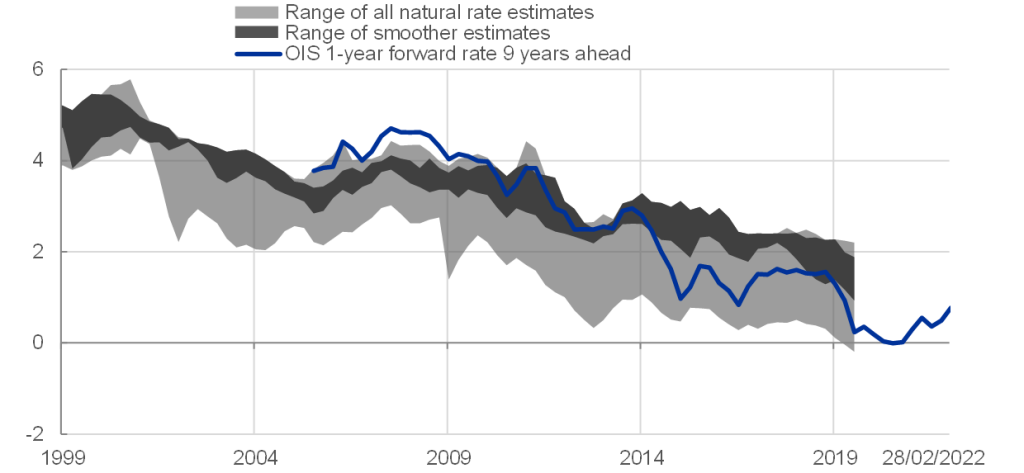In its meeting on March 6, 2025, the European Central Bank (ECB) reduced its key interest rates by 25 basis points. This marks the sixth rate cut since June 2024, adjusting the deposit facility rate to 2.50%, the main refinancing operations rate to 2.65%, and the marginal lending facility rate to 2.90%. Explore the latest ECB policy update and market outlook.

Rationale Behind the Decision
The ECB’s decision reflects its ongoing assessment of the euro area’s economic landscape:
- Inflation Trends: Inflation has been gradually aligning towards the ECB’s 2% target. Recent data indicates a deceleration in price increases, prompting the bank to ease monetary policy.
- Economic Growth: The euro area has experienced subdued economic activity, with growth projections adjusted downward. The rate cut aims to stimulate borrowing and investment to bolster economic expansion.
- External Factors: Ongoing global trade tensions and geopolitical uncertainties have posed risks to the euro area’s economic stability, necessitating accommodative monetary measures.
Diverse Perspectives Within the ECB Meeting
ECB officials have expressed varying views on the future path of monetary policy:
- Piero Cipollone, ECB board member, advocates for continued policy easing, citing declining inflation and economic conditions that may warrant further rate cuts.
- Fabio Panetta, Governor of the Bank of Italy, emphasizes a pragmatic, data-driven approach, suggesting that decisions should prioritize inflation projections over theoretical models.
- Francois Villeroy de Galhau, French central bank chief, indicates that rates could potentially fall to 2% by the end of summer, aligning with market expectations.
Market Reactions and Economic Indicators
Financial markets have responded to the ECB’s actions and guidance:
- Interest Rate Expectations: Markets anticipate a 65% likelihood of a rate cut in April, with a move by June considered certain. This reflects confidence in the ECB’s commitment to supporting economic growth.
- Inflation Forecasts: Easing price pressures and a trajectory towards the ECB’s 2% inflation target justify potential further cuts.
Comparative Central Bank Actions
Other central banks are also navigating complex economic landscapes:
- Federal Reserve: The U.S. Federal Reserve has maintained its key interest rate, balancing concerns of slowing growth and persistent inflation.
- Bank of England: The Bank of England has held its interest rate steady at 4.5%, reflecting caution amid economic uncertainties and high inflation.
Outlook and Future Considerations
The ECB remains committed to its mandate of price stability and economic growth. Future policy decisions will be data-dependent, considering factors such as:
- Inflation Dynamics: Monitoring inflation trends to ensure alignment with the 2% target.
- Economic Activity: Assessing indicators of growth, employment, and investment to gauge the effectiveness of monetary policy.
- External Developments: Evaluating global trade policies, geopolitical events, and their potential impact on the euro area economy.
In conclusion, the ECB’s recent rate cut reflects a strategic response to current economic conditions. It also focus on fostering growth and achieving price stability amid a complex global environment.





